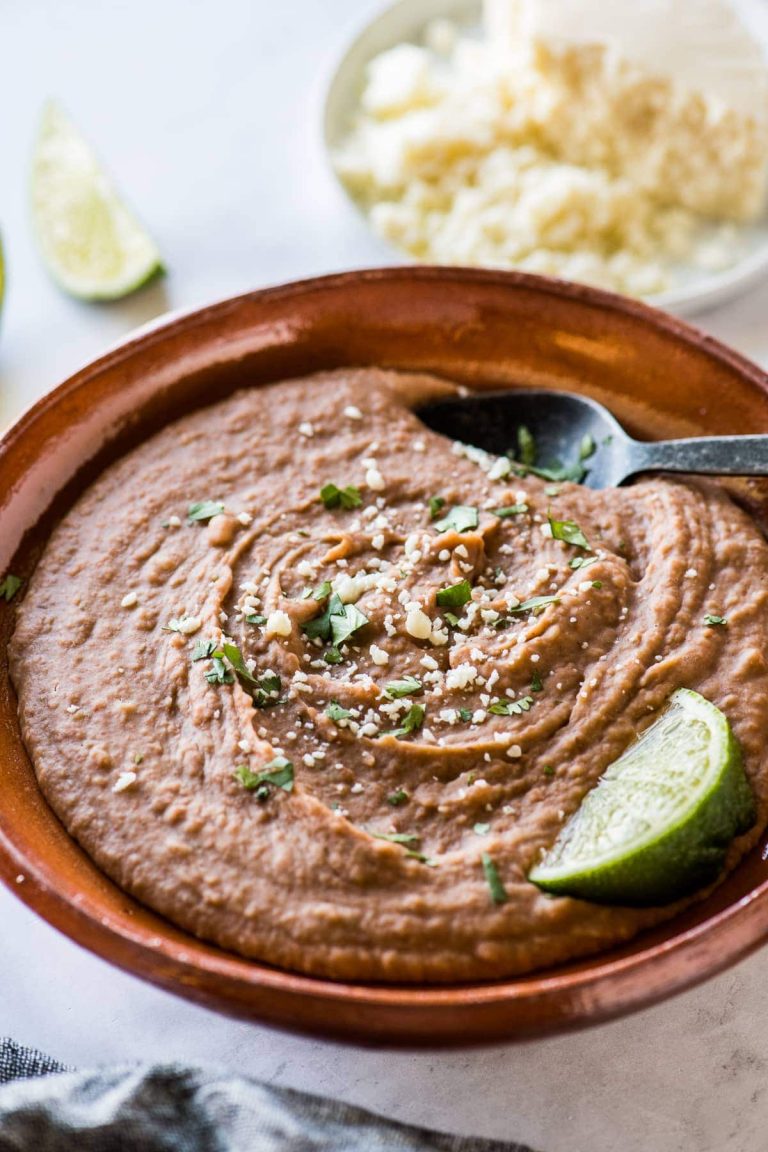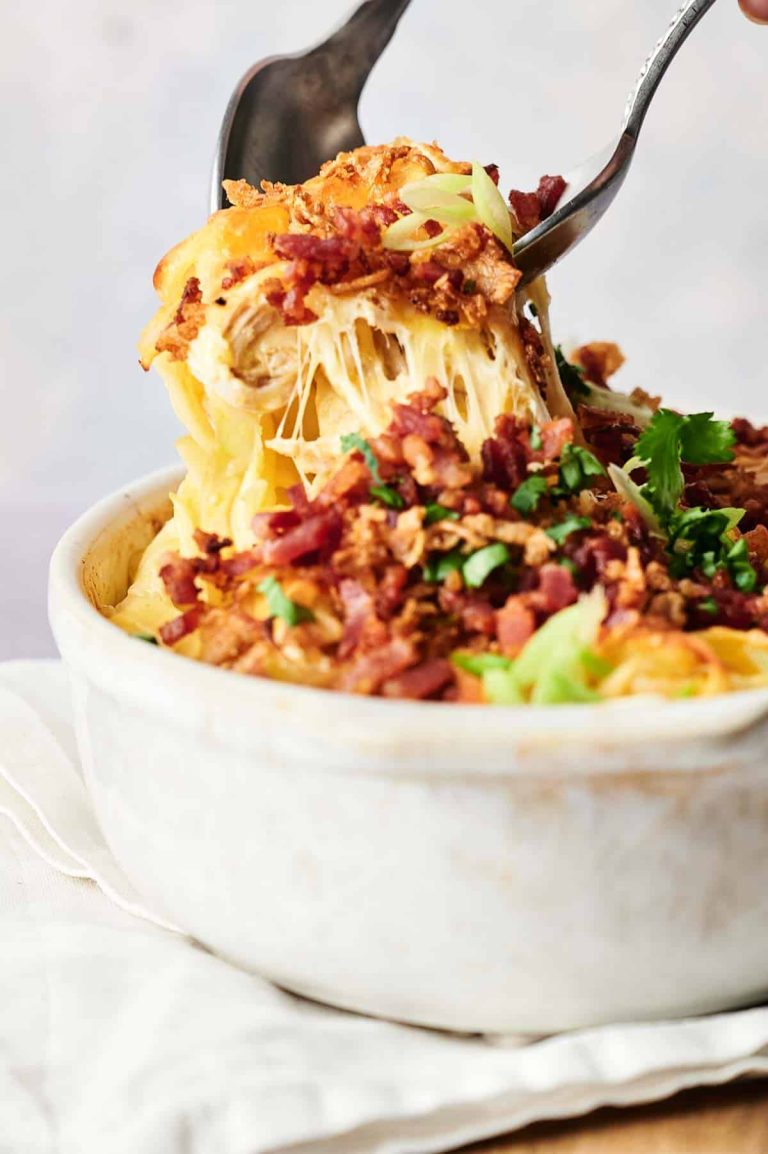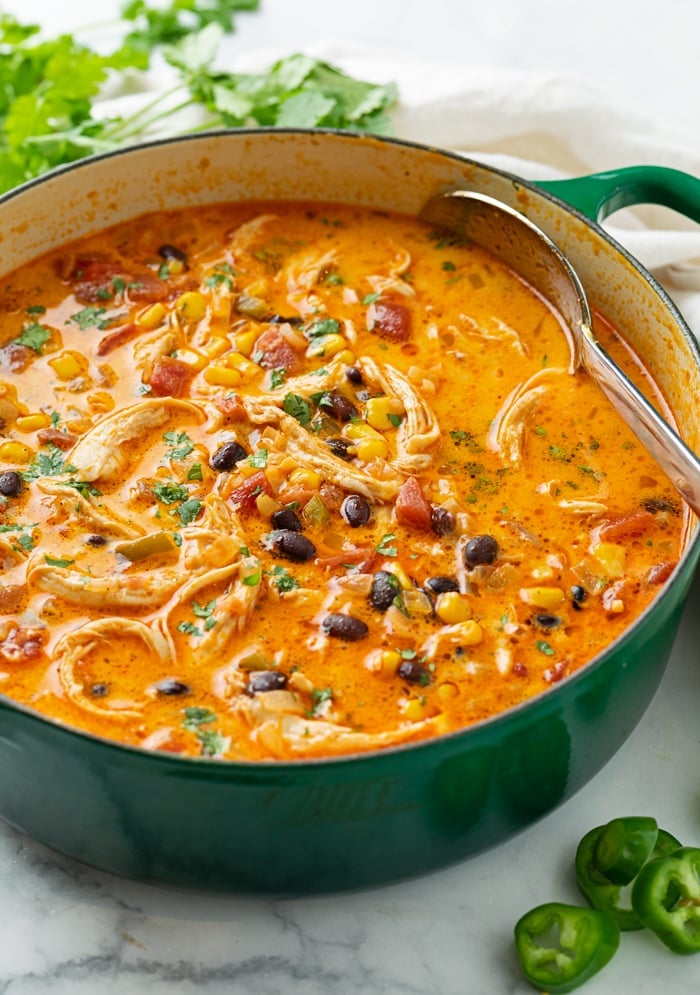Knoephla Soup: A Midwest Favorite with German-Russian Roots
Knoephla Soup, a hearty dish, originates from the German-Russian communities. Immigrants brought the recipe to the Midwest, where it evolved into a regional favorite. The soup holds cultural significance, reflecting traditions and the simplicity of rural life. It’s particularly popular in states like North Dakota and South Dakota, often served at community gatherings and family dinners.
Key Ingredients and Texture
Knoephla Soup features a few staple ingredients that contribute to its rich texture. Primary ingredients include:
- Dumplings (knoephla): These small, tender dough bits are the heart of the soup.
- Potatoes: Commonly cubed, potatoes add substance and a soft, tender texture.
- Cream: Gives the soup its signature creaminess.
- Chicken Broth: Forms the flavorful base, enhancing the overall taste.
- Celery and Onions: These vegetables provide additional depth and aroma.
Combining these elements creates a creamy, hearty, and satisfying soup, perfect for cold weather or as comfort food after a long day.
How to Make Knoephla Soup
Required Equipment and Ingredients
To make Knoephla Soup, gather the following equipment and ingredients. Having everything ready makes the cooking process smoother and more efficient.
Equipment:
- Large pot for simmering soup
- Mixing bowl for dumplings
- Knife and cutting board for vegetables
- Measuring cups and spoons for accuracy
- Wooden spoon for stirring
Ingredients:
- 2 cups flour for dumplings
- 1 egg for binding
- ½ cup milk for dumpling dough
- 1-pound potatoes, diced for heartiness
- 1 cup celery, chopped for flavor
- 1 cup onions, chopped for aroma
- 4 cups chicken broth for base
- 1 cup heavy cream for richness
- Salt and pepper to taste
- Prepare the Dumplings:
In a mixing bowl, combine 2 cups of flour, 1 egg, and ½ cup of milk. Mix until the dough is smooth. If the dough feels too sticky, add a bit more flour. - Cook Vegetables:
In a large pot, bring 4 cups of chicken broth to a boil. Add 1-pound diced potatoes, 1 cup chopped celery, and 1 cup chopped onions. Reduce heat and let the vegetables simmer until they are tender, about 10-15 minutes. - Form and Cook Dumplings:
Roll the dumpling dough into small, bite-sized pieces. Drop the pieces into the simmering soup. Cook for an additional 10 minutes, or until the dumplings are cooked through and float to the surface. - Add Cream:
Stir 1 cup of heavy cream into the soup. Let it simmer for another 5 minutes, allowing the flavors to meld together. Season with salt and pepper to taste. - Serve:
Ladle the hot soup into bowls. Knoephla Soup is best enjoyed warm and can be served with crusty bread.
By following these steps, you can create a delicious and authentic Knoephla Soup, bringing a comforting taste of the Midwest to your table.
Nutritional Information
Caloric Value and Health Benefits
Knoephla Soup provides a hearty and satisfying meal. One serving, approximately one cup, contains around 250-300 calories. Key ingredients like potatoes and cream contribute to its caloric density. This soup also offers essential nutrients including vitamins, minerals, and protein.
Potatoes provide vitamin C, potassium, and fiber. Chicken broth adds protein and electrolytes. Celery and onions contribute antioxidants and vitamins A, C, and K. These nutrients support immune function and heart health. However, Knoephla Soup tends to be high in fats and carbohydrates due to the cream and floury dumplings.
Dietary Considerations and Alternatives
If you’re managing dietary restrictions, consider modifications to Knoephla Soup. Gluten-free flour can replace regular flour to make the dumplings suitable for those with gluten intolerance. Use milk substitutes like almond or soy milk instead of heavy cream to reduce fat content and accommodate lactose intolerance.
For a lower-calorie version, replace heavy cream with a lighter alternative such as Greek yogurt or a lower-fat cream. Add extra vegetables like carrots or peas to boost fiber and nutrient content. Adjusting these ingredients maintains the soup’s rich flavor while aligning it with various dietary needs.
Variations of Knoephla Soup
Regional Tweaks and Family Secrets
Knoephla Soup has numerous regional variations and unique family recipes. In North Dakota, it often includes carrots and celery for added crunch. Midwestern families might add corn, reflecting local agriculture. Some recipes incorporate bacon or sausage for a smoky flavor. Family secrets often involve special spice blends or cooking techniques passed down through generations. Tailoring the recipe to regional ingredients and personal preferences ensures every bowl of Knoephla Soup feels like home.
Vegetarian and Vegan Options
Creating vegetarian and vegan versions of Knoephla Soup is straightforward. Replace chicken broth with vegetable broth. Use almond or soy milk instead of cream. Vegan butter substitutes can replicate the richness. Add more vegetables like mushrooms, broccoli, or bell peppers for enhanced texture and flavor. These alternatives maintain the soup’s essence while accommodating plant-based diets.
Health-Conscious Modifications
For those seeking healthier options, several modifications are possible. Use low-fat milk or Greek yogurt instead of cream to reduce fat content. Substitute gluten-free flour for dumplings. Add extra vegetables like spinach, kale, or zucchini to boost nutritional value. Opt for lean protein sources like turkey sausage or grilled chicken. These adjustments create a lighter but still satisfying version of Knoephla Soup.
Modern Takes
Modern takes on Knoephla Soup fuse traditional flavors with contemporary twists. Gourmet versions might include truffle oil or exotic spices. Some chefs use cauliflower or sweet potato in place of standard potatoes for a unique taste profile. Others experiment with different herbs like thyme or rosemary to elevate the dish. These innovations offer a fresh perspective while honoring the soup’s rich heritage.
Cultural Influences
Knoephla Soup shows the impact of cultural adaptations. Ingredients and techniques vary based on local influences and available resources. German-Russian versions often emphasize hearty, starchy elements. American adaptations might focus on convenience, using canned broth or pre-made dumplings. Cultural influences ensure that Knoephla Soup remains a dynamic, evolving dish enjoyed by diverse communities.
Pairing Knoephla Soup with Other Dishes
Suggested Accompaniments and Beverages
Pairing Knoephla Soup with the right accompaniments enhances the dining experience. Fresh, crusty bread and rolls, like sourdough or rye, offer a fantastic contrast to the soup’s creamy texture. These can be used to dip into the soup, adding flavor and crunch. A mixed green salad with vinaigrette complements the richness and provides a refreshing balance. For added protein, consider serving roasted chicken or turkey on the side, bringing heartiness without overpowering the soup’s delicate flavors.
Regarding beverages, light white wines like Pinot Grigio or Sauvignon Blanc pair well with Knoephla Soup by enhancing its creamy notes. Beer enthusiasts might choose a German-style lager or pilsner, matching the soup’s ethnic roots. Non-alcoholic options include sparkling water with a lemon twist, which adds a hint of citrus, or herbal teas like chamomile for a soothing finish. These selections harmonize with the soup, making the meal well-rounded and enjoyable.
Conclusion
Knoephla Soup offers a delightful blend of tradition and versatility, making it a cherished dish in many households. Whether you’re sticking to the classic recipe or experimenting with modern variations, this soup provides comfort and nourishment. Its adaptability to dietary needs and personal preferences ensures that everyone can enjoy its rich flavors.
Pair it with your favorite sides and beverages to elevate your meal. Knoephla Soup isn’t just food; it’s a culinary experience that connects you to its cultural roots while inviting you to make it your own. Enjoy every spoonful and the memories it helps create.






